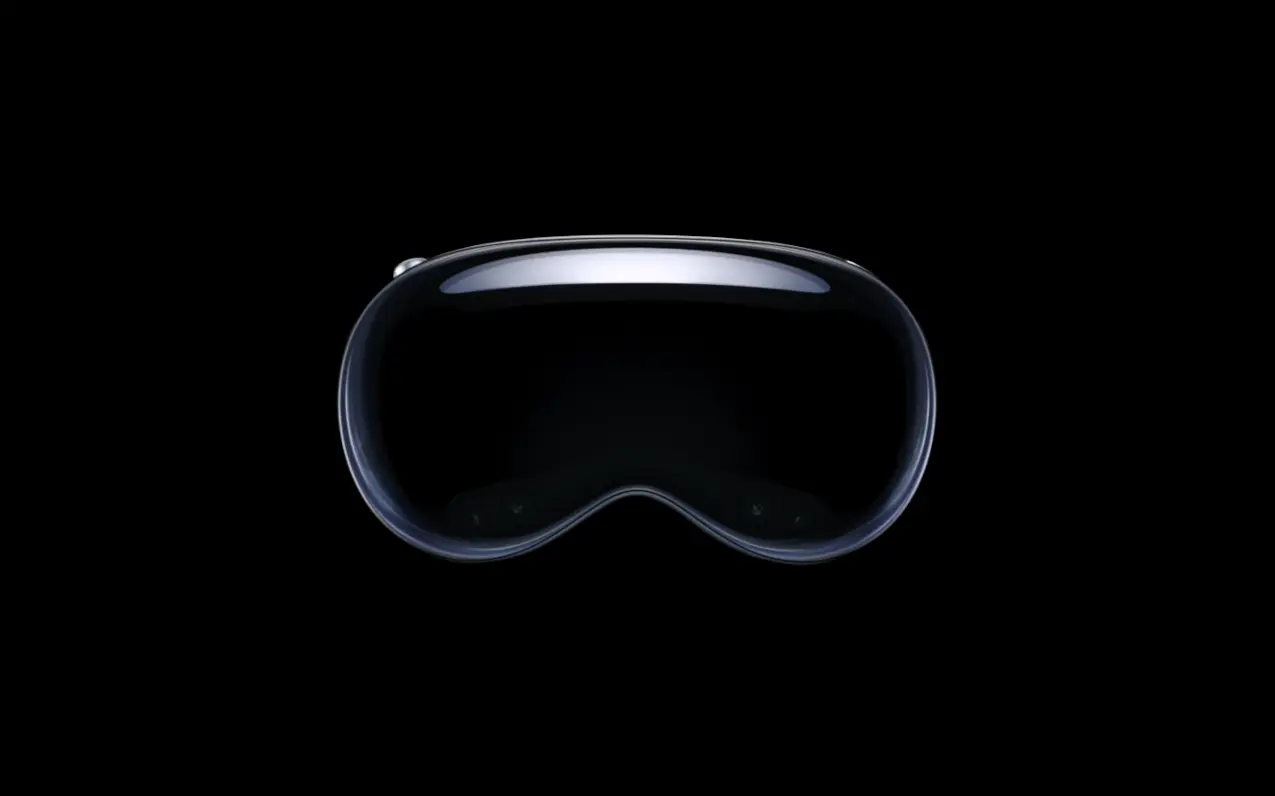What Do People Think of Apple's Vision Pro Headsets?
What Do People Think of Apple's Vision Pro Headsets?

thenewstack.io
What Do People Think of Apple's Vision Pro Headsets?

What Do People Think of Apple's Vision Pro Headsets?

What Do People Think of Apple's Vision Pro Headsets?
